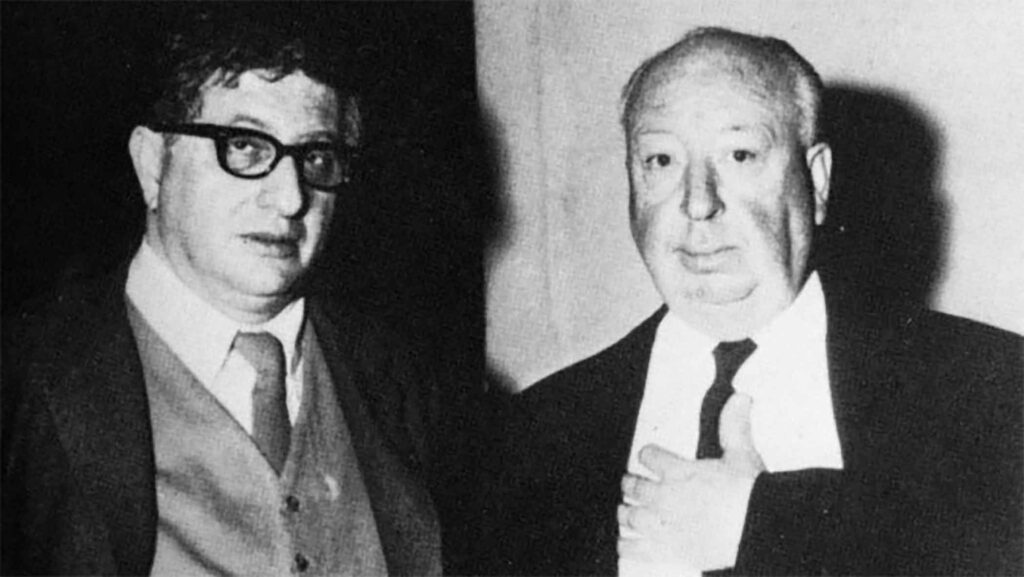I’m not an out-and-out Alfred Hitchcock stan — if we’re in the trust tree, I can’t say I’ve seen all his movies — but, for me, his legacy was his ability to redefine what a movie “was allowed” to do. Uncompromising, he executed the vision for his art, regardless of the convention of the day.
When Psycho was released in 1960, movies were exceptionally laissez-faire. People would come and go as they pleased, the plot not entirely central to the movie-going experience; rather, the movie was part of the evening’s broader panorama of entertainment. Whenever dinner wrapped up, you went to the theater and arrived when you arrived and if the movie had started 20 minutes ago… well, then the movie started 20 minutes ago and you just joined when you did. It was the habitual moviegoing culture of the era.
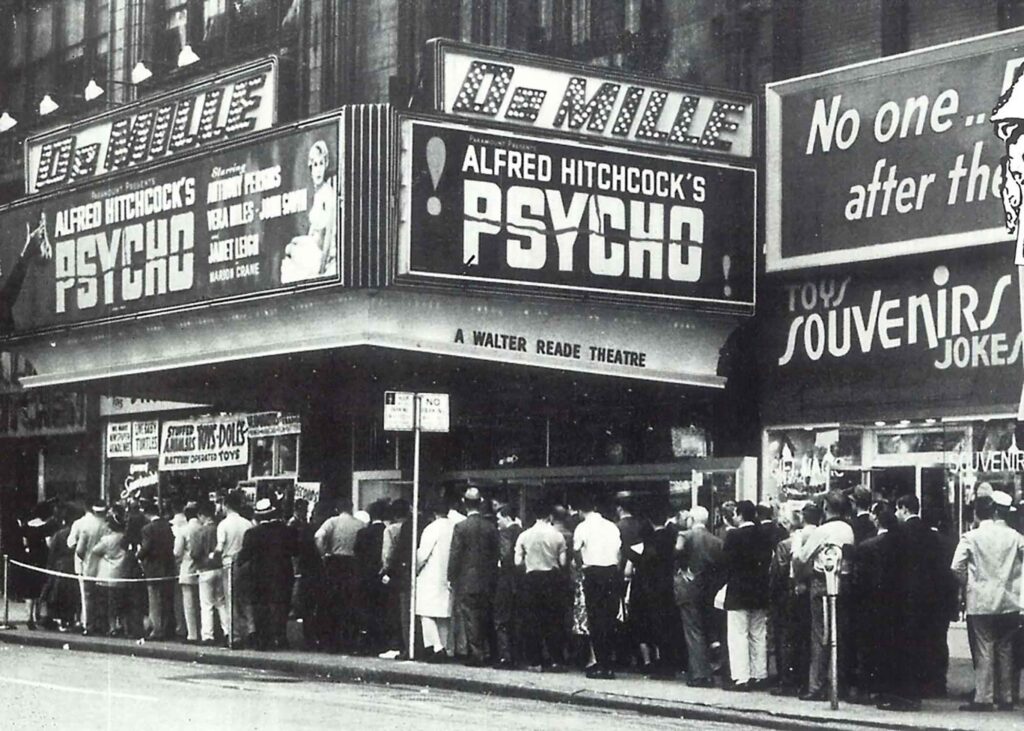
But for anyone who has seen Psycho — spoiler alert but seriously go see the movie already it’s incredible — you know that the famous Shower Scene™ happens early in the movie, roughly a third of the way in. This was brand new to cinema ethos. No one removed a top-billed star that early in a movie; a lot of the time, the audience wasn’t even entirely there yet. Because of this, Hitchcock refused to allow people to enter the showings after they had begun. He knew people would be upset if they arrived too late and didn’t get to see the famous actress, the one they were there to see. (In this case, it was Janet Leigh. Psycho would go on to be her most famous role even though she had performed in 34 other films before this one.)
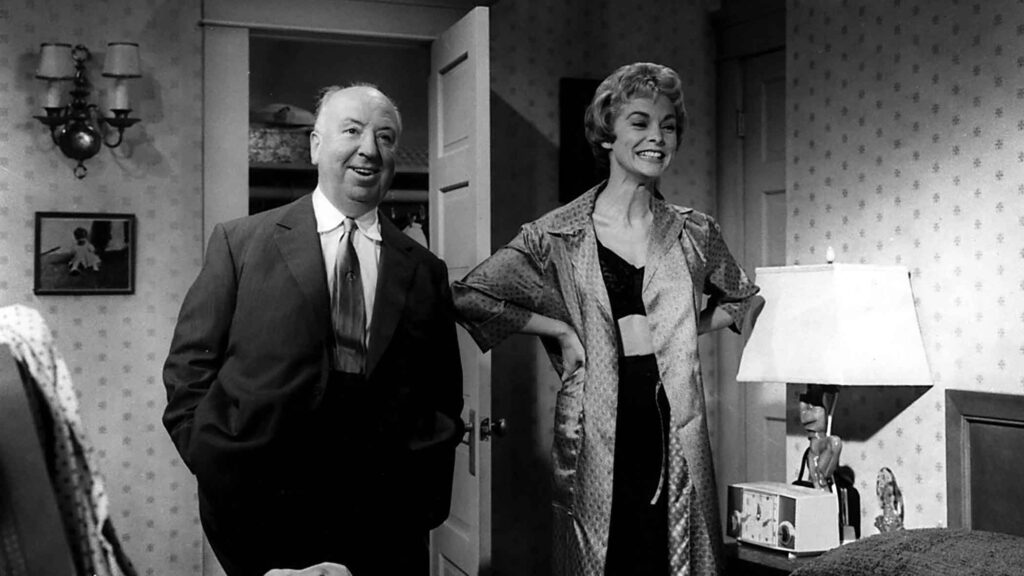
It was a middle finger to convention. Hitchcock had killed off the movie’s famous actress before the true plot of it even began. “Furthermore, what would one imagine a picture to contain,” NY Times film critic Bosley Crowther wrote in August 1960, “when the customer is told to see it from the beginning and asked not to reveal how it ends?” The movie itself featured a pre-recorded message from Hitchcock himself pleading with the audience not to spoil what they were about to watch.
“Sensitive souls have been outraged by the candor of its stark morbidity, and agonized victims of its refrigerating process have howled for the protection of censorship. Psychiatrists have mumbled that it is liable to induce a state of shock (which is precisely what Mr. Hitchcock intended), and fearful parents have shuddered for their young.
Crowther
“On the other hand, thousands of people — maybe millions by now — have come away deliciously coated with goose-pimples and happily trailing their tattered nerves, satisfied that this time they have got a good solid boot out of a film.”
He didn’t just rest on his laurels, either; he didn’t just see a world beyond what wasn’t. He kept pushing the boundaries of conventions, compelled to not repeat himself. This was my favorite thing about him. The movie he released before Psycho was North by Northwest, famous in its own right, a romantic story filled with tons of action sequences — not quite the same genre as the follow-up. He wasn’t going to do the same movie again; instead, he made a “startling, ghouling” release that was “especially nefarious” (Crowther).
It wasn’t fun for him to do the same thing over again. That compulsion to switch things up ultimately led him to a very particular and historic silence, and it was this silence that rings the loudest for me.
The Impossible Task
You may not remember exactly how the shower scene in Psycho unfolds — Was she stabbed on screen? Do we ever see her naked? Do you ever see Mother’s face? — but you absolutely remember its soundtrack. If the scene itself is famous, that bit of music is legendary. It was composed by Hitchcock’s longtime co-conspirator and super-famous composer Bernard Herrmann whose savvy and twisted use of the romantic violin instead had it shriek in terror, heretofore unheard of, creating a violent noise germane to the scene. Herrmann, “Hitchcock’s Maestro,” had also done the music for Hitchcock’s previous film, North by Northwest, and had returned to him for Psycho; his execution of the soundtrack subsequently etched his name alongside one of the defining sounds of all time.
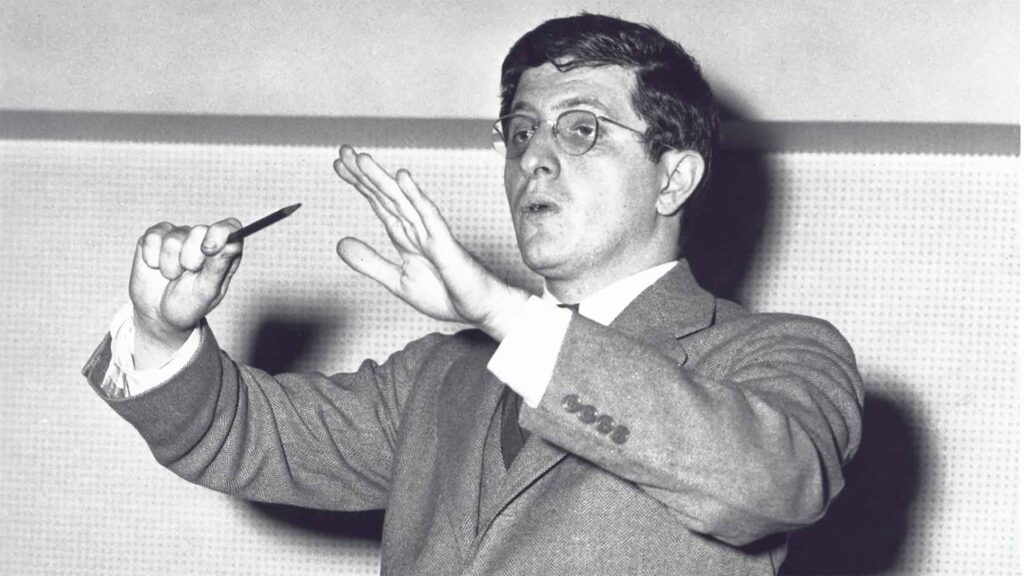
But those piercing shrills are a corollary to the thesis here. They’re infinitely recognizable. They are synonymous with terror in a manner that exists outside of cinema. And, while we have the benefit of the hindsight of history, even at the time, the scene itself combined with such an aggressive encroachment of your ears made the movie an immediate hit, the music the perfect companion. Truly, the soundtrack was the movie. Everyone in 1960 knew that soundtrack just like you and I know it today.
Herrmann knew it, too, and he would be the one faced with the task of following it up. Hitchcock had (smartly) tapped him to also do his next film, The Birds, and Herrmann had to figure out a way to not just leverage his craft to creep people out alongside an esoteric and niche plot wherein violent bird attacks plague a seaside town, but he also had to one-up his work on Psycho.
An impossible task.
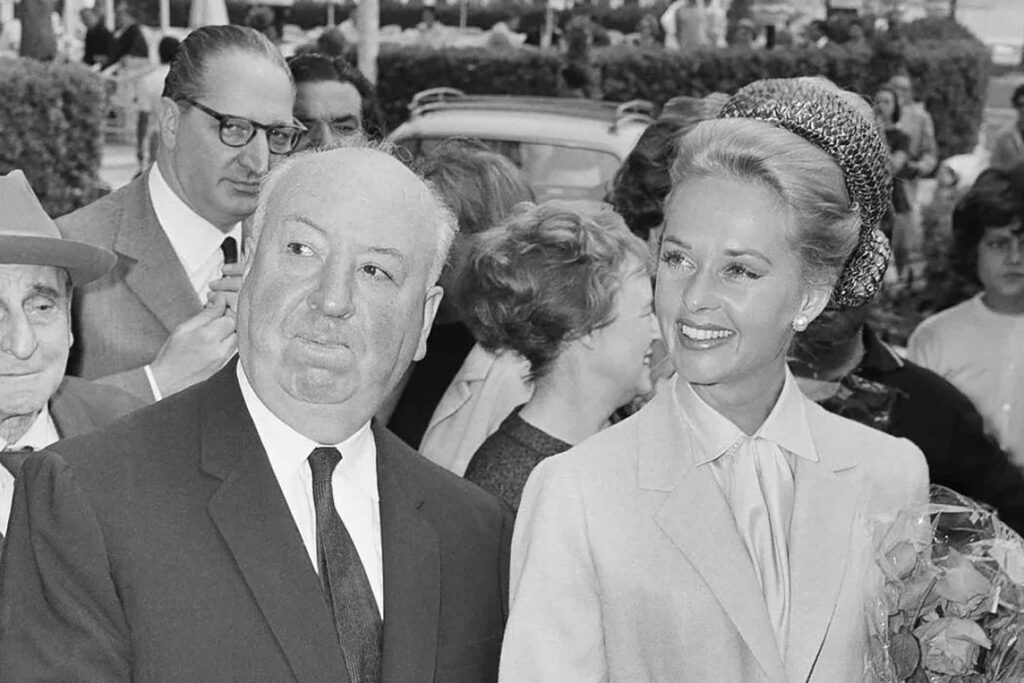
After long and careful consideration, he arrived at his conclusion: He wouldn’t. He convinced Hitchcock to not use a soundtrack at all. And he didn’t. Go back and watch the movie; there is no music. There is no soundtrack. Herrmann isn’t credited as a composer on the film; he’s credited as a Sound Consultant, the only credit in his history that comes from the Sound Department and not the Music Department.
Hitchcock used this limitation as a way to instill fear and neurosis. He would go on to use naturally occurring sounds and sound effects to set the tone of the film, which turned out to be the perfect use case for a movie about ornithophobia. Until there was a real-life social experiment, no one could have predicted how common it was for people to expect music underneath a movie and how it would subconsciously affect them when it was absent. And, in a movie about birds where the sounds and noises in it became part of its lore, the sound design choice ended up being the ultimate example of addition by subtraction.
I can’t make the claim to have seen every Hitchcock film, but the man certainly had a knack for pulling off brilliant ideas alongside clever marketing stunts. He pushed the limits of creativity, and, in the biggest moments of his career with the biggest decisions on the line, he continually chose to push the limits of the status quo and to do things differently than he had before. That’s the road I want to take, and I want it to make the difference.
